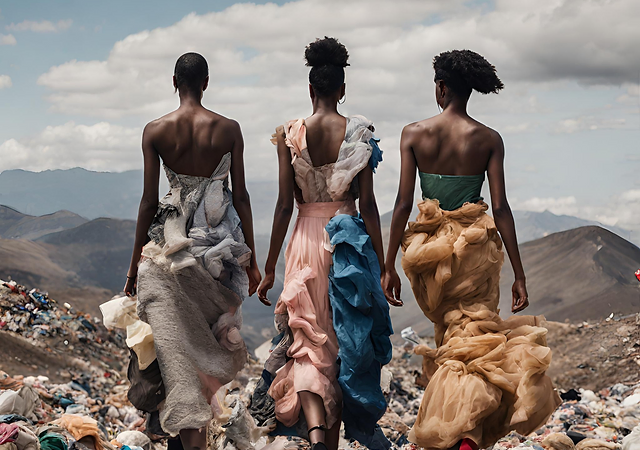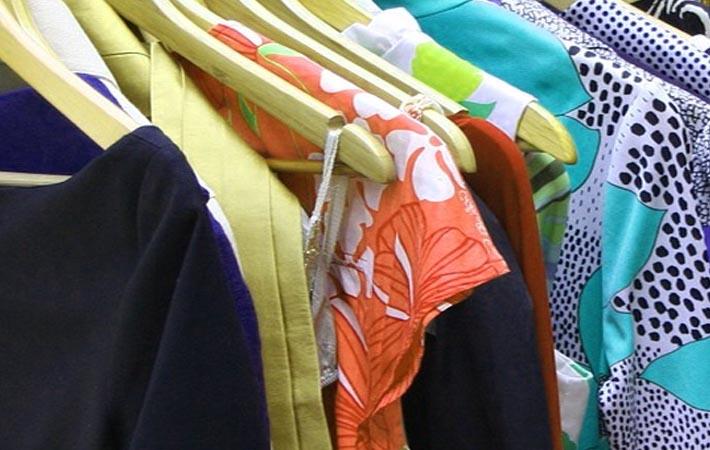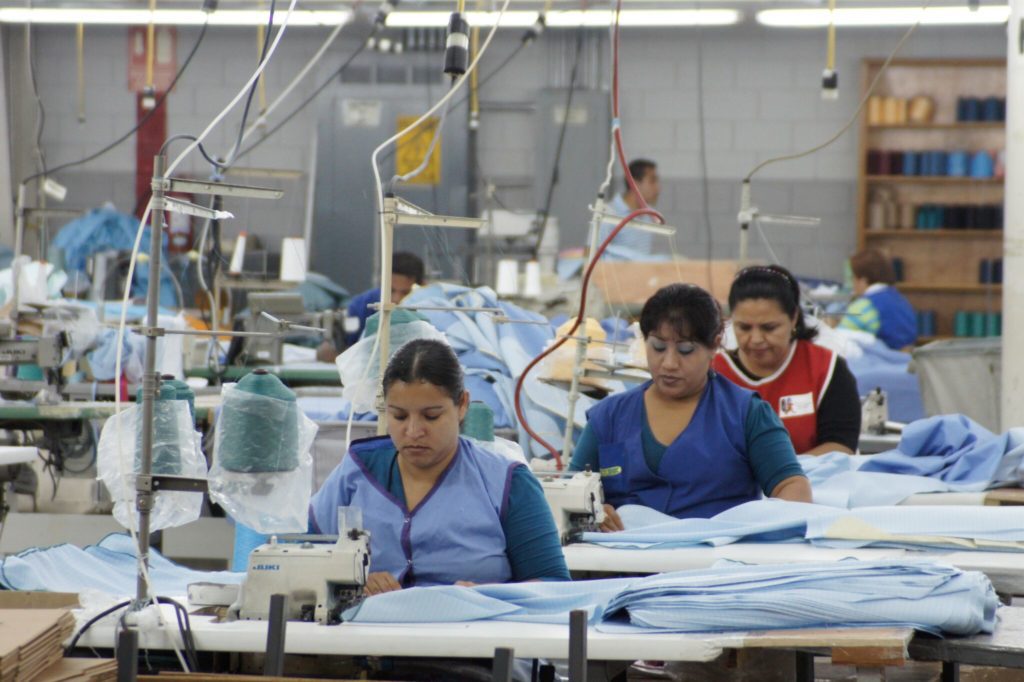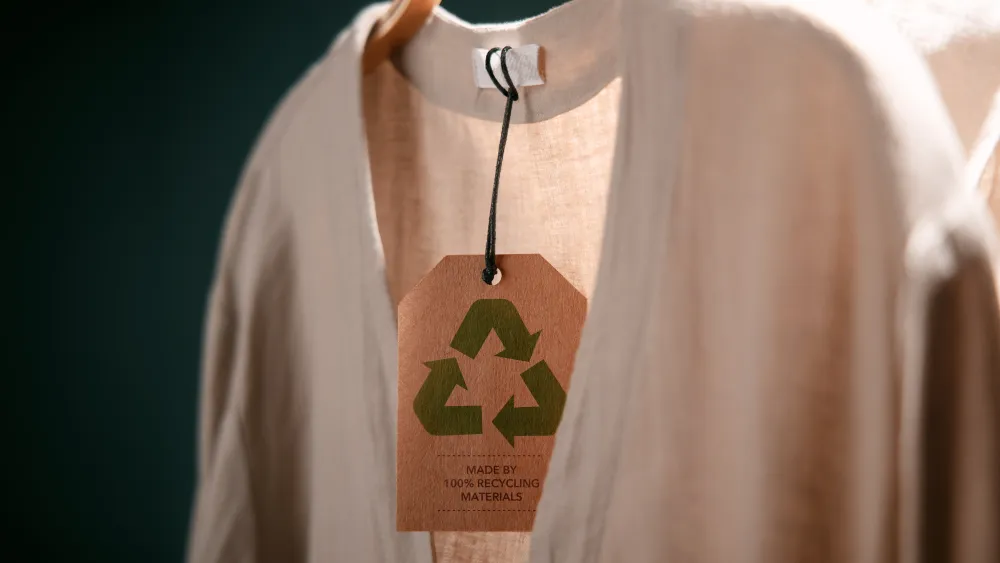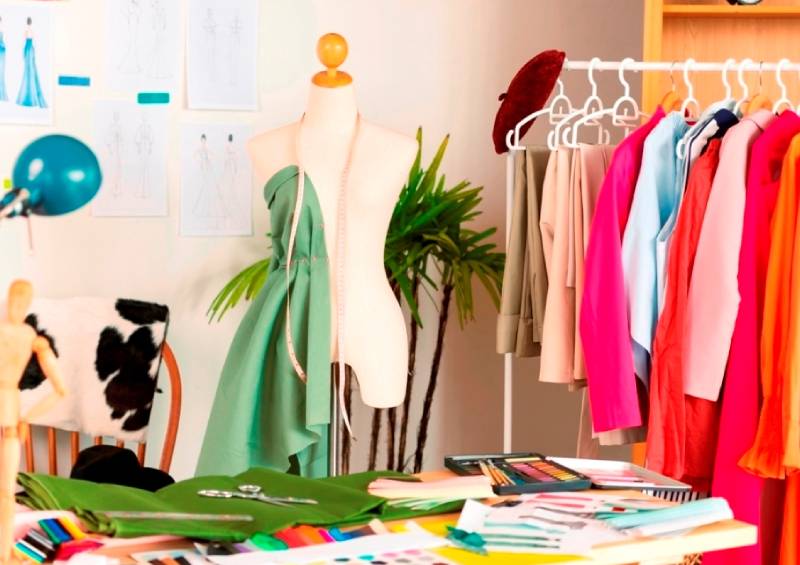FW
A project to improve industrial relations in Cambodia’s garment industry has been launched and Swedish fashion company H&M is giving financial support to the project. It aims to address some of the core challenges at the heart of industrial relations in Cambodia, and to provide training and capacity building to facilitate necessary improvements. The project will work intensively in a select number of H&M supplier factories, many of which have several trade unions.
It will provide training and awareness-raising to eliminate unlawful practices, including bribery and corruption, and promote enterprise-based approaches based on collective bargaining and gender equality. The aim is to improve unions’ ability to genuinely represent workers and encourage unions and employers to engage in collective bargaining.
For the garment industry as a whole, the project will provide training to factory management, unions and other stakeholders to improve communication and negotiation skills. This collaborative effort involving national and international partners is expected to bring significant benefits to both the industry and Cambodian workers.
Cambodia’s garment industry is regularly plagued with strikes and protests. Statutory minimum wages determined by national governments and industries usually fall short of workers’ demands. Unlike other garment-producing countries, where factories are not concentrated in big cities, Cambodia only has one main manufacturing hub: its capital city. Workers as a result have to pay very high living costs to stay near where they work.
The 2014-15 cotton projections for the US show higher production and ending stocks compared to last month. Projected abandonment in the southwest has been reduced due to recent favorable rainfall, resulting in a production increase of 5,00,000 bales to 15million. Overall US abandonment is now projected at 21 per cent, below the preceding two years, but above the long-run average, due to current subsoil moisture deficits in the southwest. Domestic mill use and exports are unchanged from last month, resulting in ending stocks of 4.3 million bales. The forecast stocks-to-use ratio of 32 per cent would be the highest in six years. The marketing-year average price received by producers is projected to range from 60 to 80 cents per pound, down 3 cents on both ends of the range. At the midpoint of 70 cents, prices would fall 10 per cent from 2013-14.
This month’s 2014-15 world projections include higher beginning and ending stocks, equivalent increases in production and consumption, and a decline in world trade. Beginning stocks are raised due mainly to a higher China import forecast for 2013-14 and higher 2013-14 production for India.
For 2014-15, production is raised for the United States, while consumption is raised for India and Vietnam, but is lowered for Pakistan. World trade is reduced, as imports are lower for China and Pakistan, but higher for Vietnam. World stocks are raised nearly 1.1 million bales from last month.
The cotton and leather industries of Kenya could see better times, if a plan mooted by the government succeeds. The industry suffered when it was liberalised and the market was flooded with cheap imports. Now, the government plans to rejuvenate the sectors to create thousands of jobs, especially in the textile industry. New measures are aimed at improving production and attracting new investments.
The plan is to create close to 8,00,000 jobs in the next few years in the textile and leather sectors. Top on the list of measures being pursued includes enhancing value addition. Both sectors have been hit by the influx of second hand clothes and shoes. The export value of articles of apparel increased by 7.5 per cent in 2013 compared to 2012. The cotton sector is currently producing about 10,000 metric tons, far below its potential of 40,000 metric tons.
The cotton industry collapsed between the late 1980s and 90s after the liberalisation of the agriculture sector following the introduction of the ‘Structural Adjustment Programs’ by the World Bank and the International Monetary Fund. This led to the collapse of most ginneries. Currently, there are only eight ginneries in the country. The industrialization plan will further reinvigorate the local leather industry.
Nigeria will host the Africa Fashion Reception in Abuja from July 3 to 5 following the consideration of its bid by the World Fashion Organisation ahead of five other African nations, South Africa, Kenya, Senegal, Ivory Coast and Uganda. The event will be organised by Branzuk Gold, which is the franchise holder in the country.
The decision was made in Paris last year. Nigeria is a member of the 115 nations that constitute the World Fashion Organisation. It became a member of the body five years ago. The Africa Fashion Reception is three days of fashion shows and exhibitions for fashion designers and accessory producers from all over the continent. Forty African countries will participate at the event to celebrate cultural diversity with the theme Africa is the New Inspiration of Global Capital. Only one top designer will be selected to represent each of the participating African countries.
Nigeria is a leading exponent of fashion in Africa. Nigerian designers are redefining fashion globally as their works are now seen in some of the most luxurious stores across the world. The World Fashion Organisation is looking to establish a garment industry in addition to a University of Fashion in Nigeria.
africafashionreception.com/
Cashmere World 2014 will be held September 25 to 27, 2014, Hong Kong. This is the only integrated trade event dedicated to cashmere and fine fibers which covers the whole supply chain of the cashmere sector – from the herds grazing on the high Mongolian plateau through to the combing and processing of raw cashmere into the yarn that makes sweaters. This year the fair has broadened its scope to embrace fine fibers.
Cashmere World is a fashion event and it is being held concurrently with Fashion Access, Asia’s leading fair for head-to-toe fashion. Also planned at this year’s fair is the Cashmere World Forum, which will provide a platform for industry leaders and experts to exchange ideas on the latest topics in the cashmere and fine fibers industry.
Cashmere World is a vertically integrated business platform for the international cashmere trade. It is a high-standard, annual meeting place for business, catalysing fashion trends and technology innovation that make cashmere one of the world’s most loved luxury materials. Cashmere is often combined with other luxurious fibers such as silk and superfine merino wool to create hybrid garments and sweaters.
www.cashmereworldfair.com ›
Bangladesh's export earnings from apparel products during July-May fiscal year 2013-14 grew by more than 14 per cent over the corresponding time of last fiscal. Export receipts from apparels, including knit and woven items, stood at $22.17 billion during the first 11 months of the outgoing fiscal up from $19.31 billion in the corresponding period of the last financial year.
Export earnings from apparel products are expected to reach $24.75 billion at the end of current fiscal. Knit products showed a 16.28 per cent growth. Woven products showed a 13.46 per cent growth. If the same trends continue in the next fiscal, the country expects a lot more investment from entrepreneurs to come in. However, export of jute and jute products witnessed negative growth during the period. Earnings from leather, leather goods grew by 29 per cent.
However, apparel exports are facing numerous problems as buyers are not increasing products' prices. Many factories have closed due to western retailers' assessment programs tremendous competition from competiting countries.
Pakistan's budget for 2014-15 has raised customs duty from five to 15 per cent on import of different kinds of dyes, including sulphur dyes, vat dyes, disperse dyes and solvent dyes. A five to ten per cent duty on white oil has been imposed, with a one percent duty on indigo blue and basic dyes used by the local chemicals industry and commercial importers. The Pakistan Chemicals & Dyes Merchants Association wants the removal of these anomalies from the budget particularly, the sudden jump in customs tariff on import of dyes from 5 to 15 per cent. The association has informed the finance minister that this abrupt increase will hurt export-oriented textile industries. The addition to manufacturing cost will hit the industry’s competitiveness in the international market.
The association says white oil is routinely smuggled through Iran. If the duty were to be increased to 10 per cent and not reduced to 5 per cent, smuggling would increase and the national exchequer would suffer huge losses in terms of customs duty, sales tax and other levies.
The budget imposes a difference of 15 per cent sales tax applicable on the same goods. It is feared this would create a huge opportunity for dishonest and fraudulent elements to show excessive consumption in units which enjoy a 2 per cent tax rate facility, thereby pushing honest commercial importers completely out of business.
Bangladesh commerce minister Tofail Ahmed has urged the US to allow duty-free and quota-free access of Bangladesh apparels to its market. The aim is to boost bilateral trade between the two countries.
The commerce minister held separate meetings with US Trade Representative Michael Froman, Congressman Sandy Levin, Under Secretary of State for Economic Growth, Energy and the Environment Catherine A Novelli, Assistant Secretary of State for South and Central Asian Affairs Nisha Desai Biswal and various retailers' associations.
During the meeting he informed the US officials of the progress made in the readymade garment sector in accordance with the US Action Plan for regaining the Generalised System of Preferences (GSP) facility in the US market. Bangladesh hopes to get back the GSP facility in the US market soon as the country feels it has made much progress in the readymade garment sector.
Ahmed praised the sincere cooperation of Bangladesh Garment Manufacturers and Exporters Association (BGMEA), Bangladesh Knitwear Manufacturers and Exporters Association (BKMEA), International Labor Organisation (ILO), Alliance, Accord, the US and the western countries for putting the country’s apparel sector on a strong footing. He highlighted the ongoing efforts for diversifying the export items and destinations for Bangladeshi products.
The Dominican Association of Textile Industries has asked the Directorate General of Customs to investigate the large volume of goods sold in the country with ‘Made in America’ labels. There is a suspicion that the items alleged to be imported from the US may have its origin in non-NAFTA countries, because these goods have very competitive prices even though the cost of production is higher in the US. So many goods may have been manufactured in a third country with Made in America labels placed on them.
By putting labels of American origin, goods from other nations that are not part of the free trade agreement they get away without paying any tax, decrease customs’ revenue and also affect the Dominican garment manufacturing companies. Textiles and garments brought from the US or any other country with which the Dominican Republic has a free trade agreement are not subjected to taxes, but if they come from any other country with which the Dominican Republic does not have a free trade agreement, the goods are subjected to a 20 per cent tariff and 18 per cent sales tax.
The country’s textile and apparel industry comprises over 2,000 production units, including micro, small and medium enterprises in both formal and informal sectors, which employ more than 20,000 people.
The Bangladesh government is in a dilemma over making its inspection reports on readymade garment factories public. Reason: it wants to scrutinise the necessary legal and procedural aspects. Meanwhile, Human Rights Watch has called upon the government to disclose the findings of ongoing apparel factory safety inspections.
In July 2013, Bangladesh, the EU, and the ILO agreed to a contract on labor rights and factory safety, which the US government later joined, to create a publicly accessible database listing all readymade garment and knitwear factories as a platform for reporting labor, fire and building safety inspections. The database would include information on factories and their locations, their owners, the results of inspections regarding complaints of anti-union discrimination and unfair labor practices, fines and sanctions administered, as well as remedial actions taken, if any.
The Bangladesh University of Engineering and Technology has already inspected about 250 garment units but till date no reports have been published. On the other hand, Accord, an European Union-based initiative by more than 150 global apparel companies, brands, retailers and trade unions, and Alliance, another North American retailers' platform, have already made some of their assessment reports public on their respective websites. They are also in the process of uploading more reports in the coming days.

